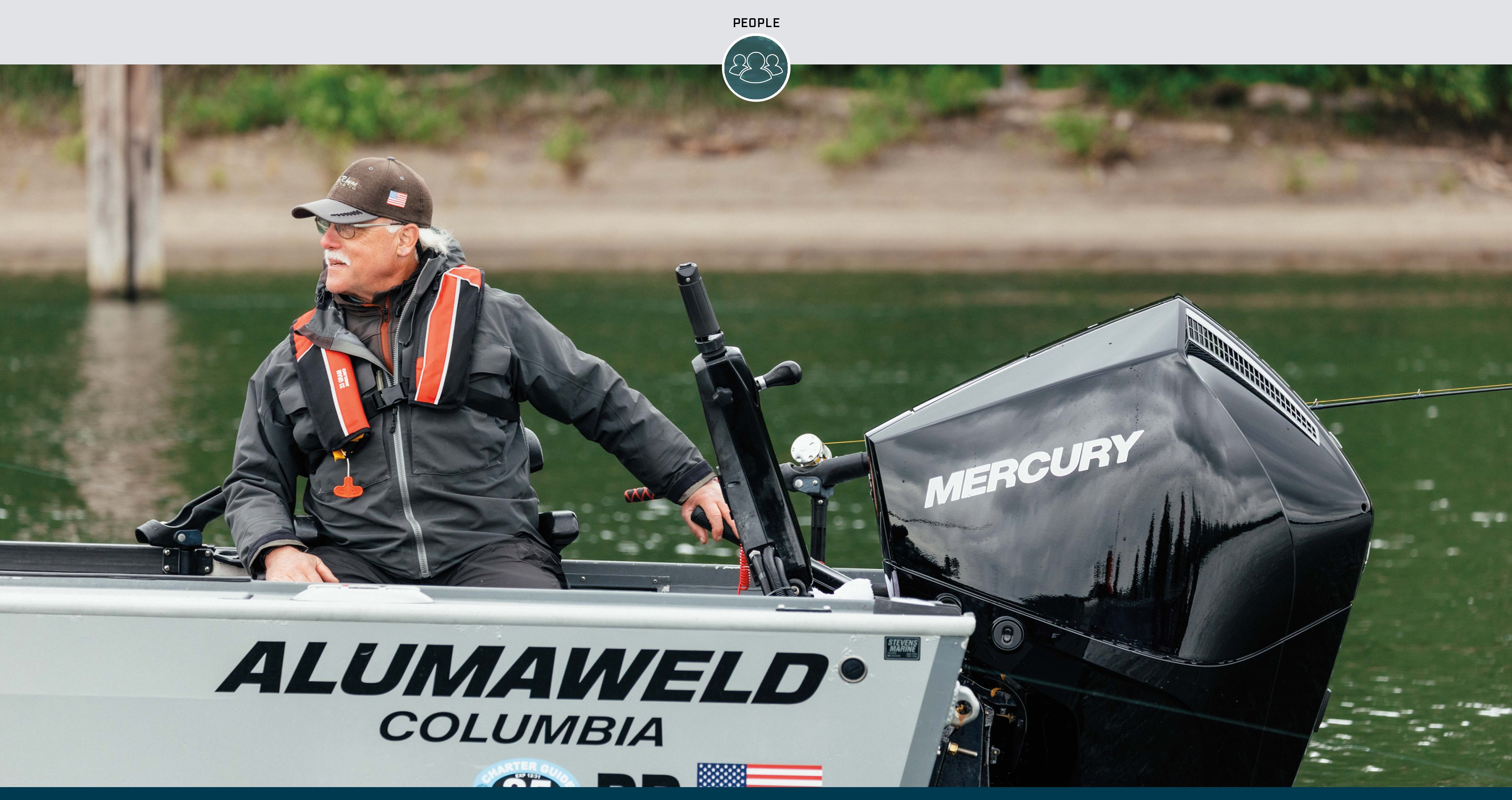Integrated storage compartments offer boaters a convenient way to store tackle, but they are only as good as you make them. Spending a little time up front on some simple organizational measures, like utilizing an array of storage containers, from bins to bags, will not only keep your gear safe, it will also make it easy to retrieve when it comes time to fish.
Here are a few easy steps to take to help you maximize your boat’s compartment space while also keeping all your things organized and safe from potential damage.
Step One: Measure your storage compartments so you know the exact size and number of containers you’ll need to purchase. Measure the width, length and depth of the compartments, taking care to ensure the accuracy of your measurements. Then choose the types of containers that offer the best fit. You can use utility tubs (with or without lids), storage bins, milk crate-style containers and heavy-duty, sealable bags.
There are many advantages to using individual bins or totes within your larger compartments. They allow you to store your tackle much more efficiently, and this helps to reduce the number of containers needed. They also make it easy to load and unload the boat quickly by allowing you to quickly retrieve whichever containers you need. They also allow you to organize your tackle by species, technique or season and quickly swap out, say, bass fishing tackle for walleye gear just by changing out a tote. And overall, it’s a convenient way to keep your tackle trays from tipping or bouncing around.
Step Two: To further prevent your tackle trays from moving around and opening during travel, try to fit them into the containers in a way that provides a snug fit. You can make this easier up front by measuring trays and shopping for containers that are appropriately sized. Try different ways of filling the trays in each container to achieve the best fit.
Step Three: Once you have your tackle trays and other gear in containers, fit the containers inside your storage compartments, filling any empty spaces with smaller boxes or bags to prevent the containers from moving around.
That’s really all there is to it. By taking these simple steps, you’ll be able to hit the water with confidence, knowing that when you’re ready to start fishing, everything will be right where you put it. Safe, organized and easy to reach. And with these things taken care of, there’s only one thing left for you to do – go fish!




